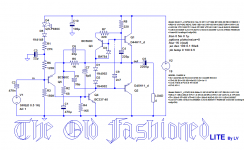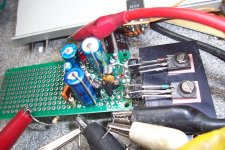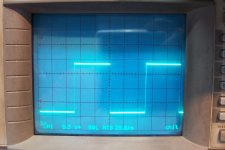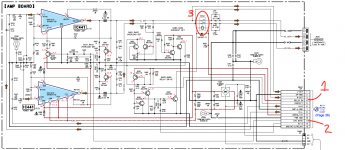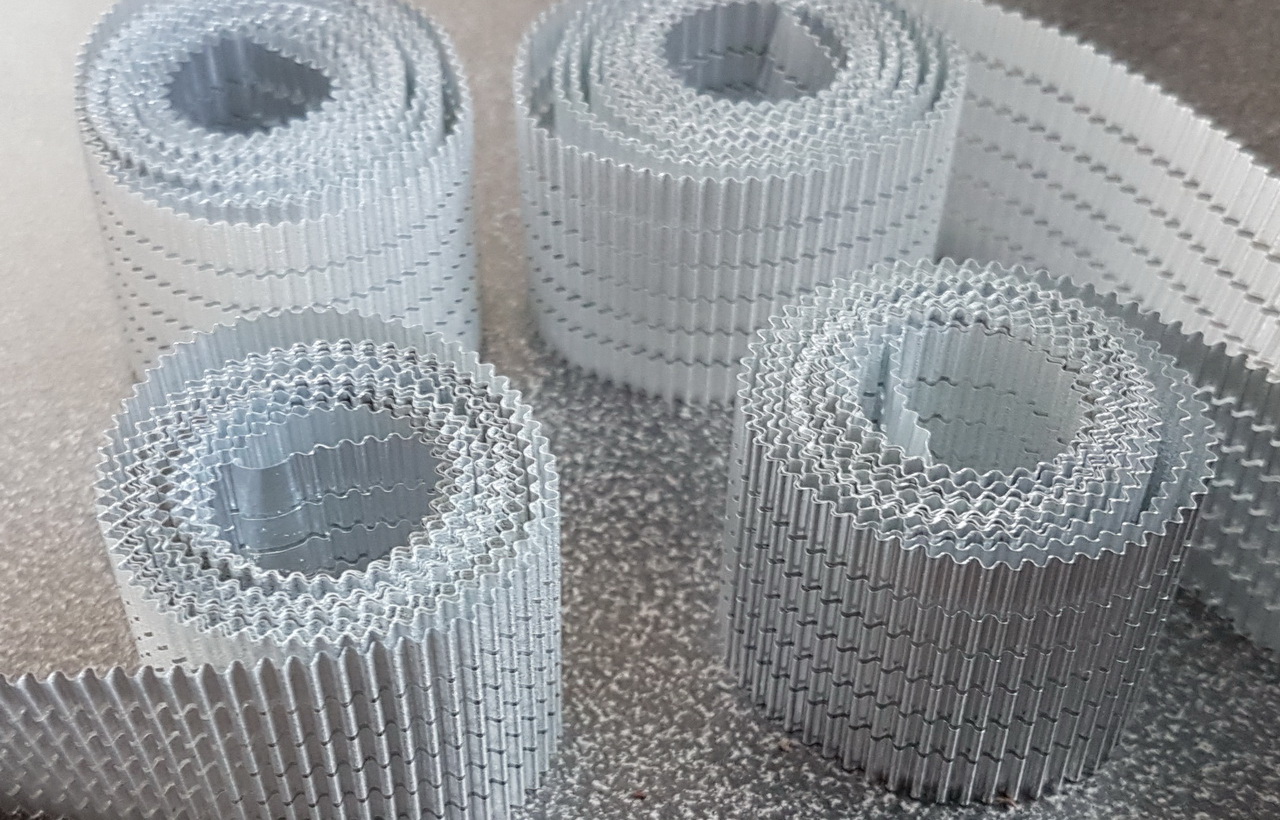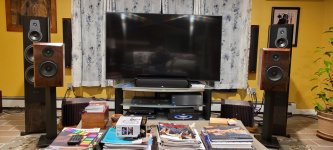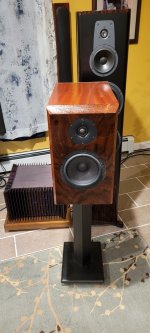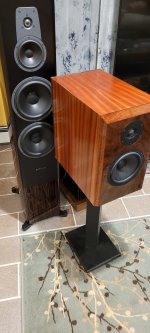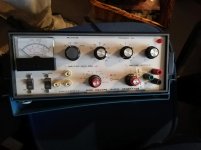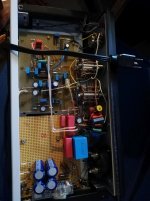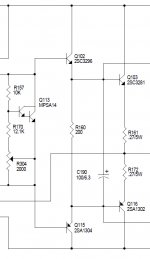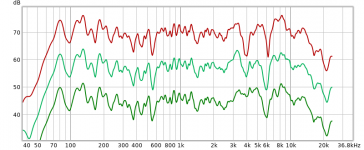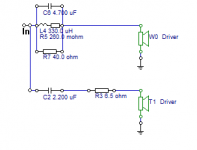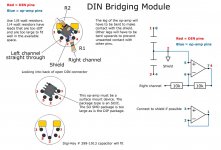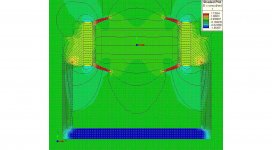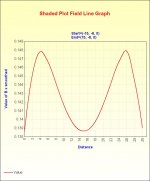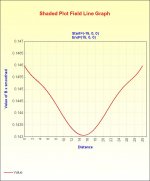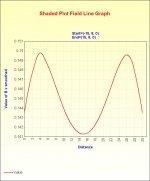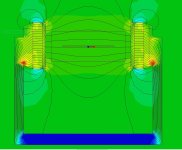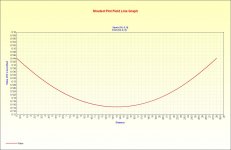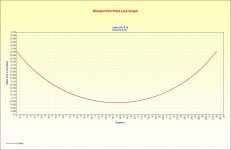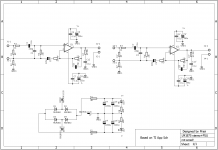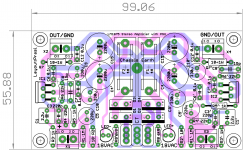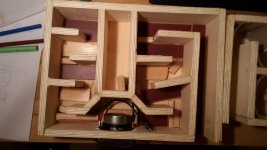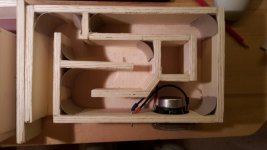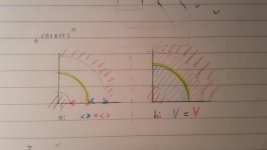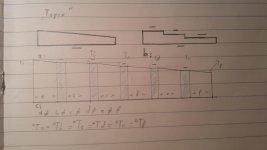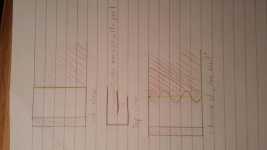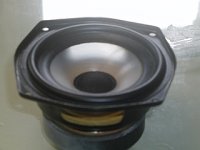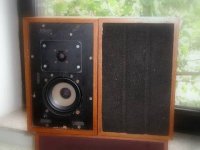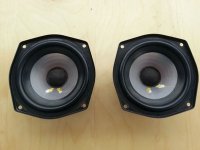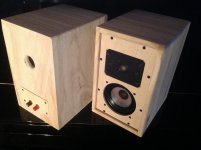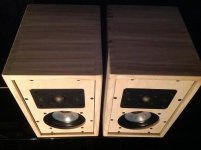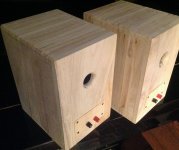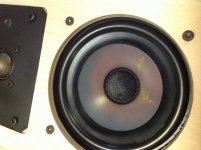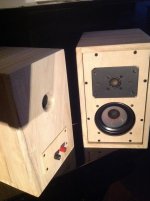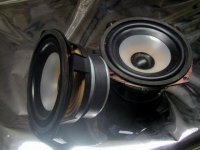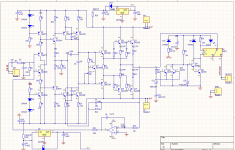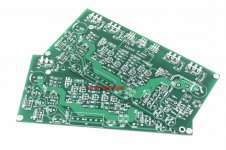Proper transformer winding technique?
- By Kay Pirinha
- Construction Tips
- 7 Replies
Hi,
in the past (i.e. in my youth) I've successfully wound dozens of transformers, both power and output transformers, as well as chokes. I did it the, say, German way, using flanged bobbins and serrated insulation foils. Both are (were?) very common here and make winding a relatively easy-peasy job.
Now I've harvested quite a number of power transformers from cheesy transistorized Hammond organs. Unfortunately, most of them feature 115 Vac primary windings, hence aren't much of use for me in their present state. So I'm about to rewind (some of) them. Even more unfortunately they weren't wound on flanged bobbins, just rectangular tubes are there.
That makes me scratching my head now. What precautions do I need to do to prevent the magnet wire from slipping when it comes close to the edges?
Best regards!
in the past (i.e. in my youth) I've successfully wound dozens of transformers, both power and output transformers, as well as chokes. I did it the, say, German way, using flanged bobbins and serrated insulation foils. Both are (were?) very common here and make winding a relatively easy-peasy job.
Now I've harvested quite a number of power transformers from cheesy transistorized Hammond organs. Unfortunately, most of them feature 115 Vac primary windings, hence aren't much of use for me in their present state. So I'm about to rewind (some of) them. Even more unfortunately they weren't wound on flanged bobbins, just rectangular tubes are there.
That makes me scratching my head now. What precautions do I need to do to prevent the magnet wire from slipping when it comes close to the edges?
Best regards!
